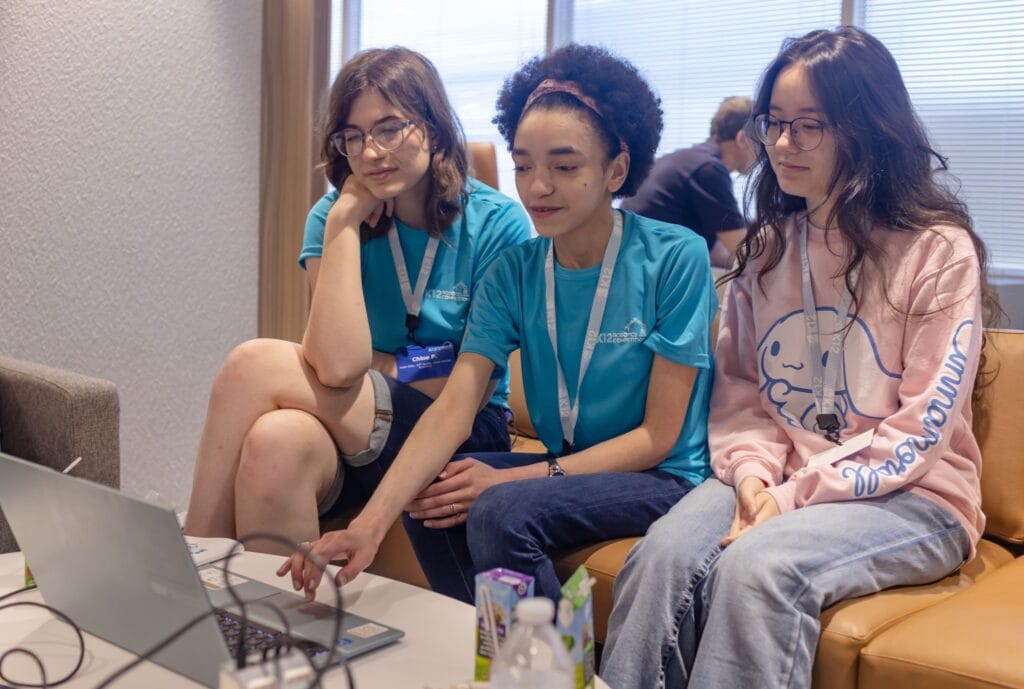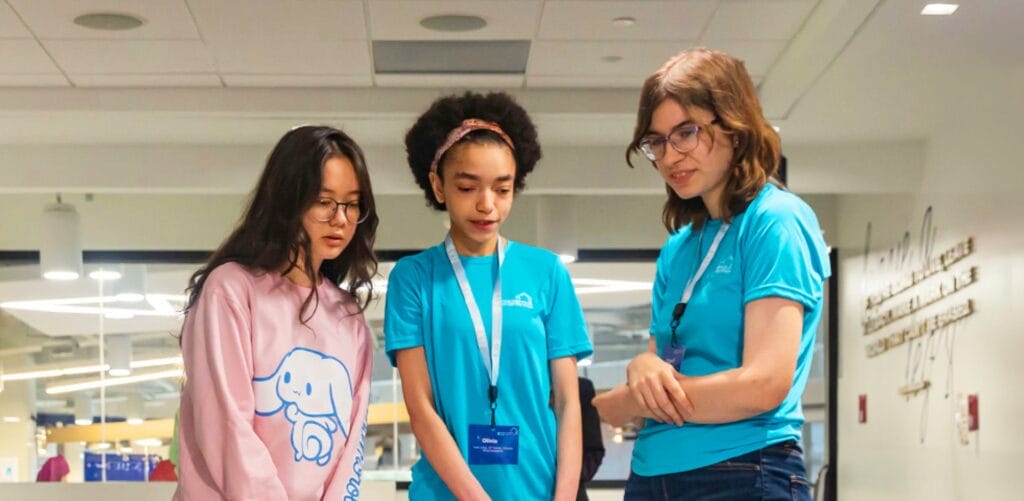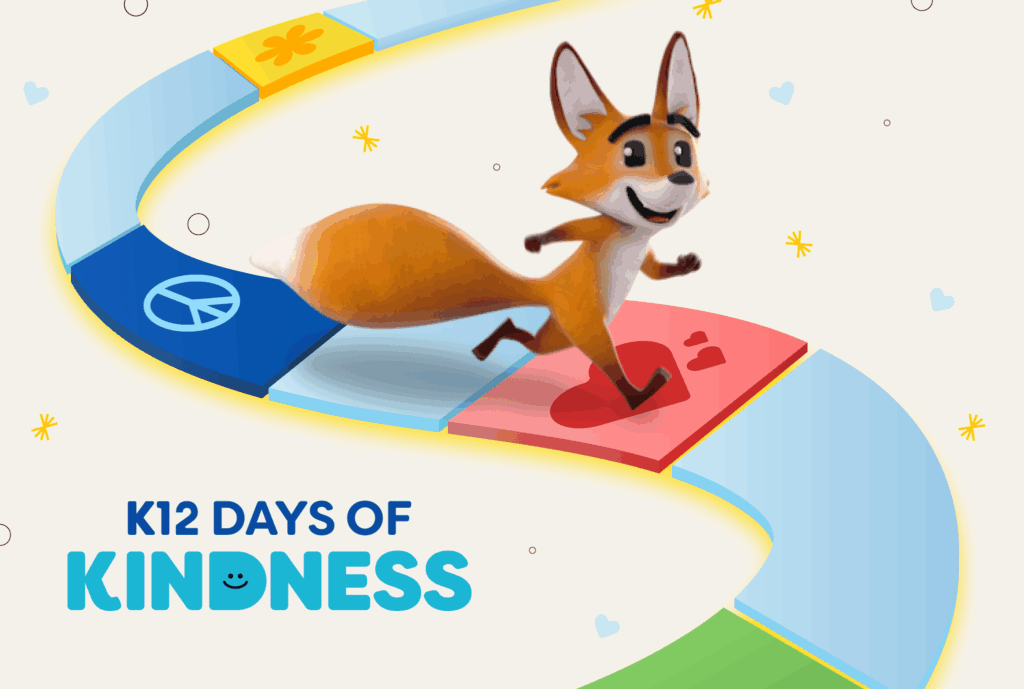Mental health is a cornerstone of overall well-being, and for students facing the pressures of academic life, social dynamics, and growing up, it can often feel like an uphill battle. One of the most powerful ways to support mental health is through creative expression. Art has long been celebrated for its therapeutic benefits. When integrated into students’ lives, it offers a safe space for emotional expression, stress relief, and building self-confidence. This article will explore how art and mental health are deeply connected and provide practical ways to incorporate creative activities into students’ routines.
The Benefits of Art for Mental Health
Engaging in artistic activities is more than just a fun pastime—it can be a transformative tool for mental health support. Here are some key ways art benefits student well-being:
- Stress Relief and Relaxation: Art provides an escape from the pressures of schoolwork and social expectations. Whether sketching, painting, or sculpting, creating something with your hands allows students to relax, unwind, and relieve stress. Focusing on a creative task can serve as a mental reset, providing a much-needed break from the demands of daily life.
- Improved Emotional Expression and Processing: For many students, art offers a non-verbal outlet to express complex emotions. When words fail, colors, shapes, and forms can say it all. Art gives students a way to process and articulate their feelings—whether they’re dealing with frustration, joy, sadness, or confusion. This ability to externalize emotions is crucial for emotional well-being and can be especially powerful for students who struggle with verbal communication.
- Enhanced Self-Esteem and Confidence: Completing an art project can give students a sense of accomplishment and boost their self-esteem. The positive reinforcement they receive from teachers, peers, and family members can help them feel seen, heard, and valued. Over time, these small wins can build confidence, which profoundly impacts their overall mental health.
- Development of Creative Problem-Solving Skills: Art teaches students to think outside the box and solve creative problems, valuable skills in academics and life. These problem-solving abilities also help students tackle emotional challenges with resilience and innovation, equipping them with coping strategies for navigating difficult situations.
Art as a Therapeutic Tool
Art therapy furthers these benefits by using creative expression in a structured therapeutic setting. It is particularly effective for students dealing with anxiety, depression, or trauma. By engaging in therapeutic art activities, students gain a deeper understanding of their emotions and develop coping skills that improve their mental health over time.
Examples of therapeutic art activities include:
- Drawing and Painting: Whether it’s through free-flowing abstract art or more structured projects, students can express their thoughts and feelings visually. They can use colors and shapes to represent their emotions and experiences.
- Sculpting: Working with clay or other materials can be a grounding activity that helps students focus and feel more connected to their surroundings. The tactile nature of sculpting promotes mindfulness and provides a calming effect.
- Collage Making: Collages are a fantastic way for students to explore their identities and personal narratives. By selecting and arranging different materials, students gain insight into their thoughts and feelings while engaging in the healing process.
Real-life success stories from art therapy programs highlight the immense value of these activities. For example, a student dealing with severe anxiety found relief through regular art sessions, which helped them express and make sense of their emotions, ultimately reducing their overall anxiety.
Practical Ways to Incorporate Art Into Daily Routines
Parents and educators can play a crucial role in encouraging creativity and making art a regular part of students’ lives. Here are some actionable tips for integrating art into students’ daily routines:
- Set Up a Creative Space: Whether at home or in the classroom, a designated area for art allows students to explore their creativity without distractions. Stock the space with essential art supplies like paints, pencils, clay, and paper to encourage spontaneous artistic expression.
- Schedule Regular Art Time: Make time for creativity by incorporating regular art sessions into the weekly routine. Whether it’s a few minutes each day or a longer art class once a week, consistency helps students form a habit of creative expression.
- Start with Simple Projects: Sometimes, the thought of creating art can feel overwhelming. Make it easy for students to get started with simple projects that anyone can do, such as drawing their favorite animal, painting a self-portrait, or creating a collage from magazine cutouts.
- Use Art to Explore Emotions: Encourage students to use art as a tool for emotional exploration. They can draw a picture of their feelings on any given day or create an art piece representing a particular emotion, such as happiness, frustration, or calm.
Art as a Lifeline for Mental Health
In a world where students are often expected to keep up with academic pressures, personal challenges, and the complexities of growing up, art offers a vital outlet for managing mental health and nurturing emotional well-being. By encouraging creative expression, we give students the tools they need to cope, reflect, and thrive. From reducing stress to fostering self-confidence and problem-solving skills, the benefits of art are undeniable.
Now, more than ever, it’s important to integrate art into students’ daily lives to support their mental health. Whether it’s drawing, painting, sculpting, or collaging, art allows students to express their emotions safely and constructively, contributing to their overall growth and well-being.
And don’t forget, the 19th Annual K12 Art Competition is now open for submissions! This is a fantastic opportunity for students in grades K–12 to showcase their creativity and gain recognition. Entries must be submitted by August 25, 2025, for a chance for your student to win cash prizes and be part of a vibrant community of young artists. Visit K12 Art Competition for more details and to submit their artwork today!







